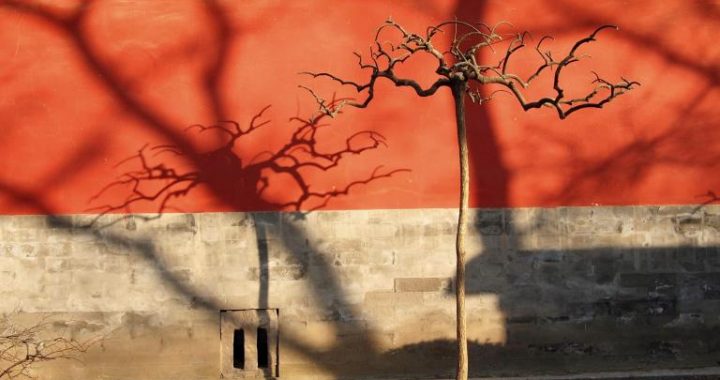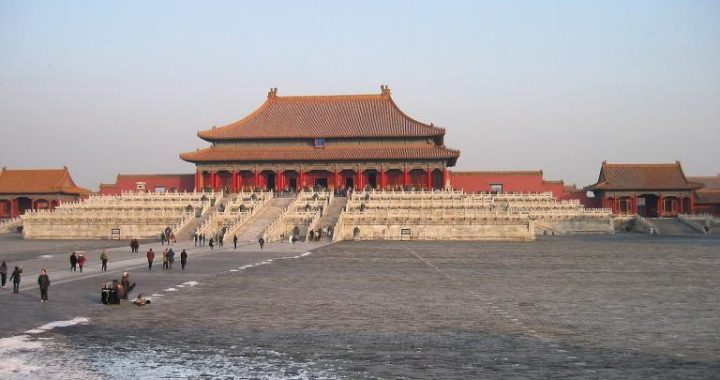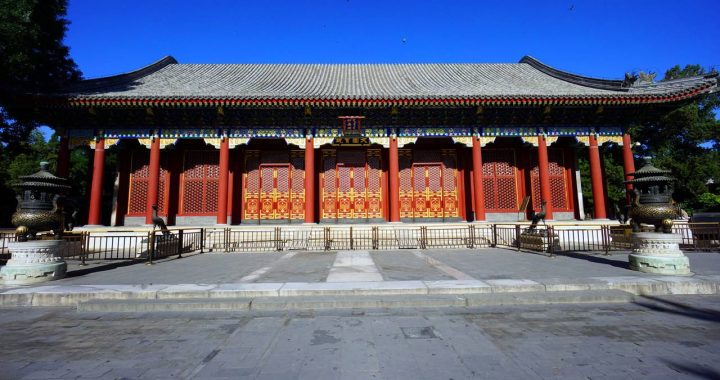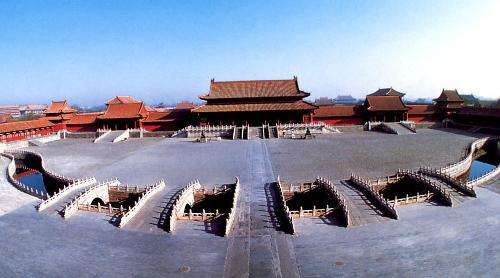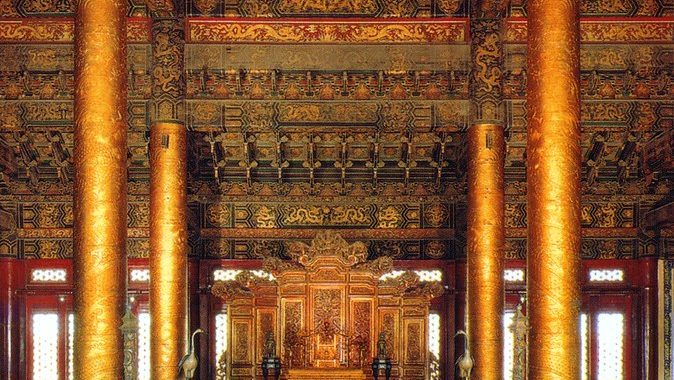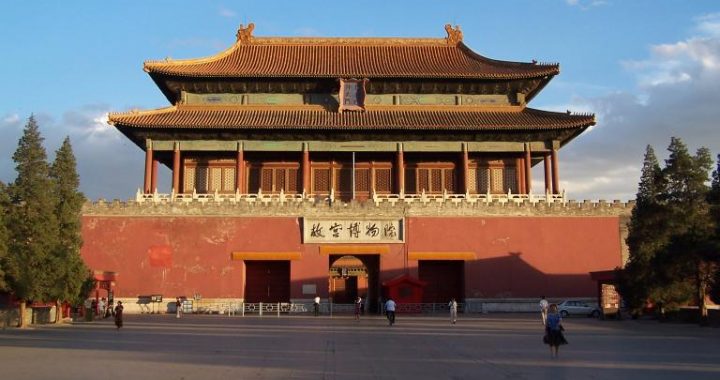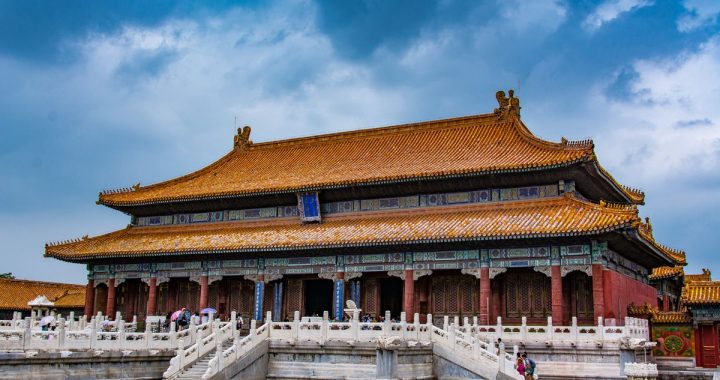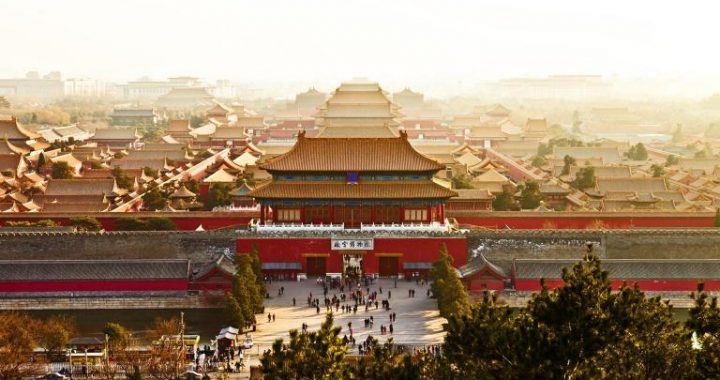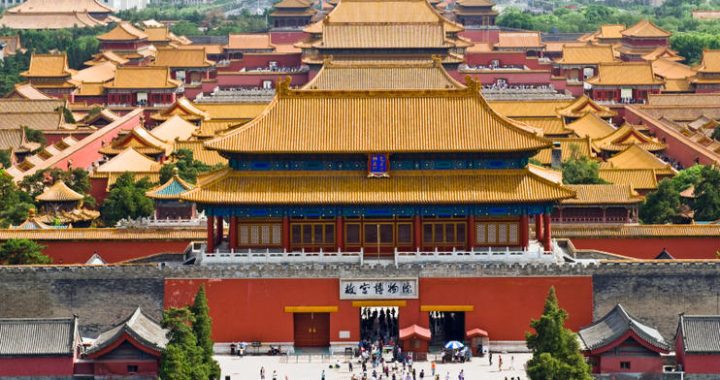Watchtower
7 min readGeomancy or feng shui is a belief based on spaces. It is thought that the universe is a harmonious whole that depends on the placement of each of its components. Stars, mountains, people, everything that exists must be in the appropriate place in accordance with the natural laws. In architectural terms there are place which are suitable and places which are unsuitable for the building of temples, palaces, cities and tombs. The experts in geomancy are guided by principles that, in some instances, we would identify with ecology and they are expressed in symbolic, imaginative language.
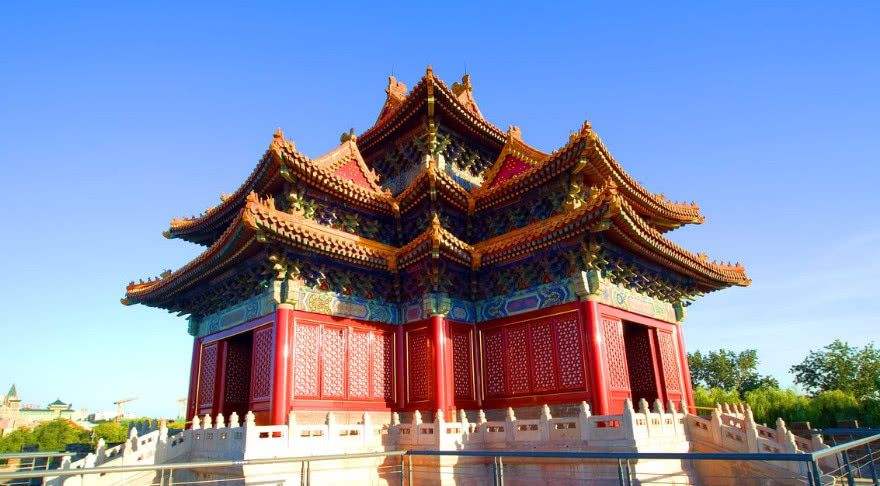
They advise that the palaces should be built facing south, which is the hot region in this hemisphere, with a mountain or forest at the back, to protect against the cold wind, and with a slow-running watercourse flowing in front of the main facade from west to east the direction most Chinese rivers flow in thus bearing one of the forms of life force Life energy, or qi in Chinese, is a force in the universe that bestows movement and life and for the geomancers, it the essential element that governs everything and which must be respected.
The number three is also a key number in geomantic terms. There are three gates on the front wall: the central one, almost always closed, was for the sole use of the emperor. There are three rows of buildings inside, hich form the Imperial Palace. The middle row has three buildings in front and three behind.
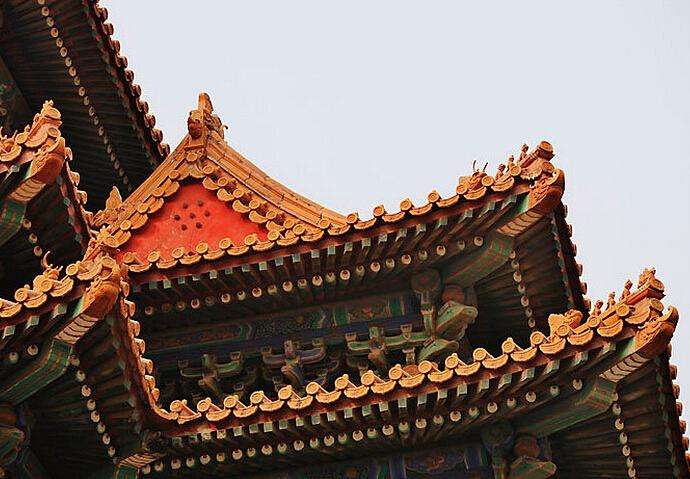
Since we will be visiting these inner building in the centre shortly, i will explain the function of each one.
Once beyond the meridian Gate and the square crossed by the golden Water River, which is the same river that runs past the main frontage, you find the hall of Supreme harmony With the imperial throne in the centre standards, pennants, musical instruments and ornaments this was the audience chamber and ceremonial hall where they marked such events such as the new year, the winter solstice, the emperor’s birthday, the official reading of the names of candidates for the imperial examinations or the appointment of generals at the start of a military campaign The second main building is the hall of perfect harmony which is where the Emperor would prepare before going to the Hall of Supreme Harmony And the hall of Preserving Harmony was used for official banquets.
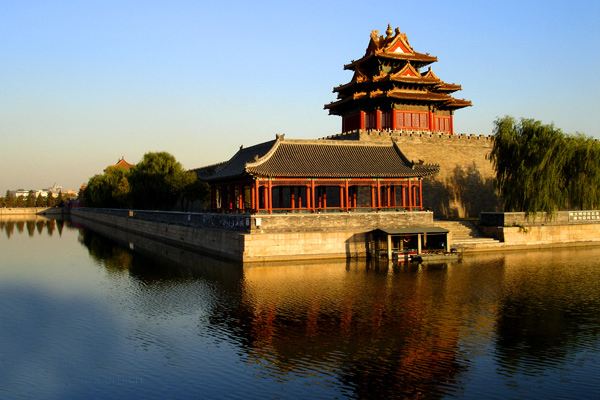
Three gates lead to the private apartments. Beyond the Gate of heavenly Purity and the inner courtyard, the first building is the Palace of the same name which at one time was the emperor s bedchamber then comes the Hall of Union, which used to house the throne of the empress and later of Earthly Tranquillity, the last of the six main buildings, which was the o became the depository for the Imperial Seals. and then comes the palac residence of the empress.
Although we will not have enough time to visit them, I would like to say a ord about what is in the other two rows of buildings To the left of the central axis: the Palace of Spiritual Food and the Six Western palaces.
To the right the palace of abstinence the six eastern palaces the hall of Ancestor Worship and the Palace of Tranquil Longevity. As well as other secondary halls, treasure rooms, food stores, kitchens, storerooms and, in the corner of a small courtyard, the well of the Concubine Zhen Fei The Concubine Zhen Fei Who was this lady?
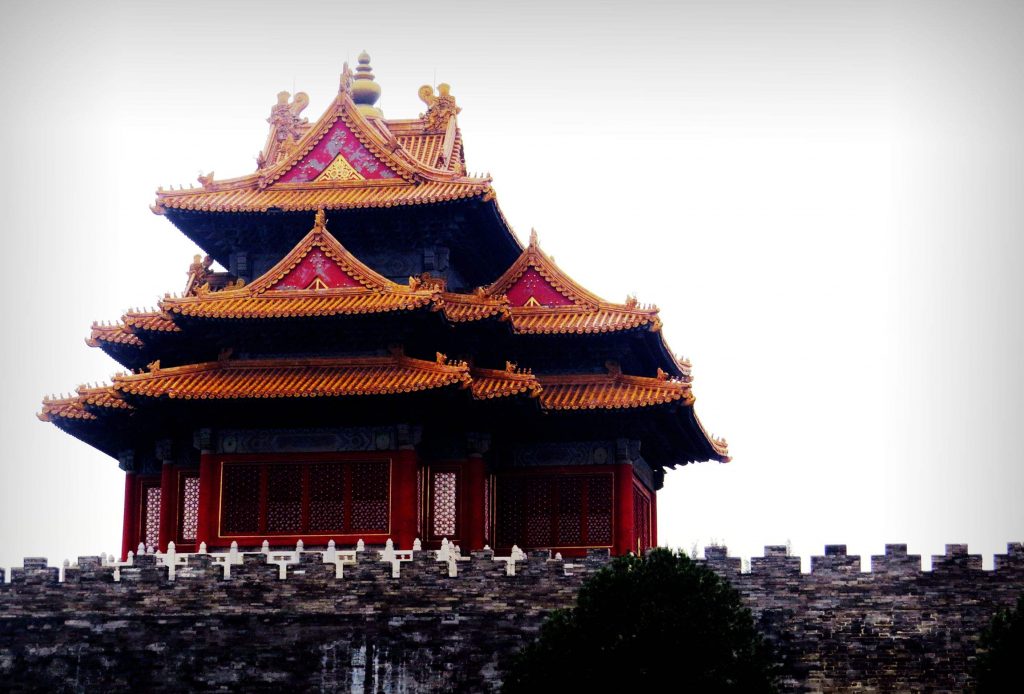
Before answering this question i would like to add a few more details that we must be aware of.
The imperial palace which we are visiting was built by two hundred thousand labourers who worked from 1407 to 1420. much of the timber comes from the faraway yunnan and sichuan province. Some of the huge blocks of stone were transported great distances using an ingenious procedure. They waited for winter, poured water on the road and once it froze over, they slid the huge blocks along much more easily Before we talk about the concubine zhen fei, we first have to mention another character in our history called the Empress Cixi Xian Feng, who was emperor from 1831 to 1850, was married to Ci’ an, known as the Empress of the East, because she occupied the eastern part of the imperial palace, which was reserved for the first official wife, since the east was considered the most important part after the centre which as where the emperor himself resided Ci’ an was infertile, so the second wife, Cixi, Empress of the West, came to the forefront of political life and her son, Tong Zhi, became the heir to the throne and inherited that throne at the age of six when his father Emperor Xian Feng, died, aged 31 From that moment on, the empire fell under the tyrannical power of this fearsome lad Cixi’s son, who became Emperor for the final months of his life, died at age 18 and Cixi appointed a 4 year-old nephew called Guangxu as his successor and she took power in his name.
Some years later, when he reached the appropriate age, Cixi forced her nephew, supposedly heir to the throne, to marry one of her nieces. This niece was nicknamed horse face by the malicious people of beijing for reasons that i do not need to explain.

Emperors were entitled to two official wives, the one of the east and the one of the west Guangxu the heir chose Zhen fei as his second wife the beautiful and intelligent daughter of one of his generals. Cixi, was jealous of her power and she feared and hated her right from the outset This story took place in 1900 when the army of the Eight Nation Alliance, bent on invading China, was approaching the capital. Fearful, the Empress Cixi decided to take Guangxu and escape but Zhen Fei opposed such a cowardly act. She argued that the highest authorities of the empire hadno right to abandon their people in the face of danger and that guangxut least should remain in the capital to lead the defence of the countryHowever Cixi was determined to go through with it, and taking advantageof the uproar and confusion that reigned during those days, she ordered a eunuch to throw the concubine zhen fei to the bottom of a well. this tragically, is how the well of the Concubine Zhen Fei, which we will see shortly in the northeast part of the palace became famous.
There are countless stories and legends like this associated with this complex of buildings known as the Forbidden City madman right in the hall of Supreme Harmony? ey once discovered a Can you believe that despite the strict controls the In the summer of 1905, during the reign of Guangxu, the guards who werepatrolling were surprised to find one of the throne room windows broken When they opened the door, they found a man dancing in the enclosure, totally absorbed in his own movements. He was detained and they found on him a dagger, a small knife, some matches, a towel, a few coins and a red stone. He was 29 years old and was unable to speak coherently. The court-appointed doctor diagnosed him as suffering from retained heat in the liver, phlegmatic fire and boiling of the brain Intruders were hanged. As payment, the executioner kept the dagger. and the red stone.

We have reached the northern area and the exterior of the Imperial Palace and before us rises Coal Hill. i would remind you that this is the geomancers doing. The earth from the huge moat surrounding the Imperial Palace served to build these five hills, each 43 metres high. On the central hill at one time the Emperor gave orders to store a large amount of coal, hence the name. A pavilion tops every hill; the central onewith its triple yellow-tiled roof, contains a large statue of buddha seated and it is called the Pavilion of Eternal Spring.
One last thing At the southern end of the foot of coal hill still stood unti recently the tree from which Chong Zhen, the last ming emperor, hanged himself. In 1644, the victorious peasant revolt of Li Zicheng, threatened the imperial compound and the emperor chose suicide rather than risk falling into the hands of his enemies.
The manchu ethnic minority benefitted from these events. The fact is that the imperial and the peasant armies had obliterated each other, and the numerous Manchu generals who acted as advisers seized this opportunityand placed their own emperor on the throne and that was the end of one of the most glorious dynasties, the last of the Han dynasties, and it saw the beginning of the final stage of the empire, the Qing Dynasty, withrulers of Manchu origin from the northeast, who governed for 267 years from 1644 to 1911.
Twenty-four emperors of two dynasties, the Ming and Qing, lived in this mansion. Their lives, their families, their servants, their people. How many good, bad, trivial or important facts will have been lost from history? How fragile our memory is! What a task, worthy of an army of researchers, to recover what really matters for human life.
